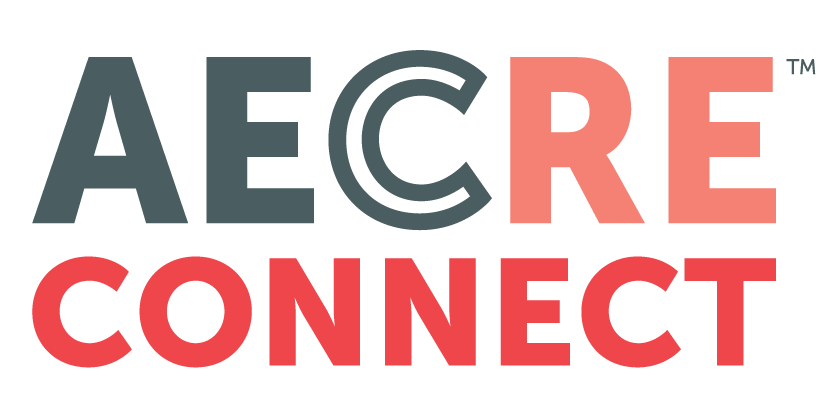Read the original article from ArizonaEconomy.com, a product of Elliott D. Pollack & Company, here.
Inflation data shows that the effects of supply and demand are still alive and well. An article by the Wall Street Journal entitled “Inflation Is Already Here-For The Stuff You Actually Want To Buy” tracks prices on a year over year basis as of August (probably the wrong measure since the economic issues with COVID-19 started in March). Still, it gives a picture that common sense would suggest.
Items we want right now:
Item Price Change
Bicycles 5.7%
Medical Care 5.3%
Newspaper 5.2%
Cable and Satellite TV 5.2%
Recreational Books 4.7%
Food at Home 4.6%
Cleaning Products 4.6%
Rent of Home 2.9%
Items we don’t want right now:
Item Price Change
Food at Work or School -3.0%
Shoes -3.9%
City Transport -9.0%
Hotel and Similar -13.1%
Women’s Dresses -17.0%
Men’s Suits, Jackets, and Coats -17.1%
Airline Farers -23.2%
What the article concludes, not surprisingly, is that the prices for stuff we are really buying have all escalated more than the price for stuff that we are not buying. Why would you expect anything else? In addition, the things we are now buying have caused a swing in the relationship between the CPI (which is based on spending patterns from a couple of years ago) and the implicit price deflator for personal consumption expenditures (which is recalibrated much more often).
There are two important points here. The article covers one. “Inflation in what we could buy showed up during the pandemic because the government supported demand. Household incomes actually rose thanks to federal stimulus checks and generous unemployment pay, unusual in a recession.” And a lot of that was overreach on the part of the government such as paying millions of potential workers more to stay home and sit on a couch than they could make going back to work. This prevented a good deal of the deflationary pressures that usually show up in a recession as a result of declining incomes. That may reverse once the actions (actually inactions in terms of no follow up to the CARES Act) of congress reflect in the data.
But, the real point is that it will be the next (post-election) bail out that will determine if what is provided is too much or too little stimulus. That, in large part, will determine what happens to prices in the near term. Given the nature of government, even the best intentions (assuming there are best intentions) will result in an overreach (too much money) or an underreach (too little money) until COVID is brought under control. The problem is we don’t know which. But the reality is that with labor markets in disarray, international trade slowing, and commodity prices likely to be under pressure over the near term, the outlook for overall inflation has to be subdued. This doesn’t mean that certain items that are in demand won’t continue going up a lot. This will become an issue when the economy fully opens. Since so many stores, restaurants and other service providing business will not be reopening, there could be supply chain pressures that push up prices on certain items.
The second important point is best summed up by the famous quote from famed British banker Nathan Mayer Rothschild (1777-1836) “Buy on the sound of cannons. Sell on the sound of trumpets” In other words, buy when others are not and sell when others are not. If your job and income were unaffected, it might be time to look for some suits or a plane ticket to next summer’s family reunion.
The Fed has stated in no uncertain terms that full employment is now the number one priority and that inflation will be allowed to go up (within reason) over the next few years while interest rates stay low. The Fed has made its position clear. Overall inflation is likely to remain low. Interest rates will stay low for years. The Fed has done its job. It’s time for Congress to do the same (more fiscal stimulus). It is likely to be that type of recovery.
As for last week’s economic data, it shows a picture of an economy that is growing much more slowly than before the CARES Act ended. And while President Trump at least tried to get some money to those who need it, it was not enough. The good news is that the housing market is still doing very well (I was going to say “on fire” but given what has happened in some major cities in the U.S. and in the forests of the west coast, I decided that would not be a good idea).
Initial claims for unemployment remain on a plateau. This is disappointing. Uncertainty remains high. Manufacturers’ new orders were up slightly for the month but are still down from a year ago. Mortgage applications were up. New home sales were up a lot from a year ago. And existing home sales reached a 14-year high in August.
As for Arizona, initial claims for unemployment insurance were actually up. This is not a good sign. And hotel occupancy in the state was down about 26% from last year. That being said, the economy still seems to be advancing and the third quarter recovery will be strong but not nearly as strong as it could have been if the CARES Act had been extended. The fourth quarter will be up, but, only modestly so.
U.S. Snapshot:
- The initial claims for unemployment insurance numbers were disappointing. The number seems to have plateaued over the last month. This suggests a tougher employment market. Employment numbers will probably stall in the 4th quarter as a result of congress and their lack of a follow up to the CARES Act. This is simply shameful and shows that politics is more important to the “loyal opposition” that the interests of those who are unemployed due to COVID-19. In addition, should COVID-19 worsen during the regular flu season, the effects on employment will just get worse. This will be helped when congress does finally get around to the follow up on the CARES Act after the election. As of last week, initial claims are up 305% over a year ago.
- Existing home sales were up 2.4% for the month in August and were up 10.5% over a year ago. Home sales are doing very well, especially considering how low the existing inventory of homes for sale is at the moment. The existing inventory for sale is less than half of normal. On the other hand, sales are soaring. The 6 million homes sold (at an annual rate) is the highest level in 14 years. Since existing home sales make up around 90% of the home sales market, this is quite significant.
- New home sales were up 4.8% from a month ago and are up a whopping 43.2% from a year ago. The 1.011 million (at an annual rates) homes sold last month is also the highest level in 14 years. The market for housing is very strong and is likely to continue to be strong. The lack of existing inventory continues to push buyers to the new home market.
- Orders for manufacturers’ durable goods was up 0.4% in August when compared to July. They are still down 4.6% from a year ago. Overall, the report shows that we are still in recovery mode. From here it will be a slow and difficult climb over the next few months.
Arizona Snapshot:
- Initial claims were up last week. This is disappointing and suggests a tougher local employment market than we have faced in a while. Initial claims were up 211% over year earlier levels.
- Hotel occupancy levels in August stood at 47.9%. This compares to 64.6% a year ago and 46.5% a month ago. So, while there has been some recovery, it is moving ahead slowly.
Scottsdale, Arizona 85251
480-423-9200
Website | Twitter | Facebook



